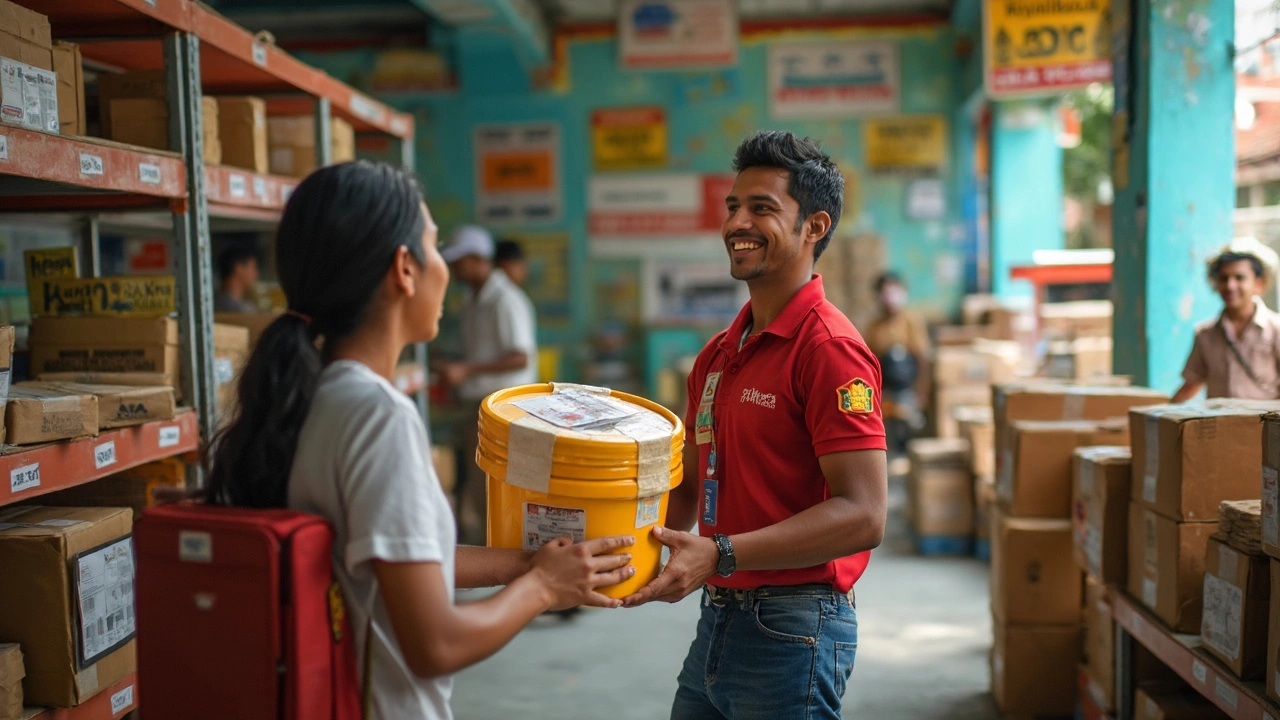Shipping Cost: What It Is and How to Keep It Under Control
When you send a parcel or a pallet, the first thing that jumps out is the price tag. Shipping cost can feel like a mystery, especially if you’re juggling multiple carriers, weight classes, and distance brackets. The good news? It’s not rocket science. By breaking down the pieces, you can see exactly why you’re paying what you do and where you can shave off dollars.
How Shipping Cost Is Built
Every shipment has three main ingredients: weight, distance, and service level. Carriers charge per pound (or kilogram) and then add a distance factor that usually follows a zone chart. If you need express or same‑day service, a premium is tacked on top. Think of it like a pizza: the base price is the dough (weight), the toppings are the distance zones, and the extra cheese is the speed option.
Don’t forget ancillary fees. These are the little extra charges that can pop up without warning: fuel surcharges, residential delivery fees, lift‑gate fees for heavy items, and even paperwork handling. Most of these are listed in the carrier’s rate guide, but they’re easy to miss if you only look at the headline price.
Practical Ways to Lower Your Shipping Cost
Start with accurate weight and dimensions. An over‑estimated package size can push you into a higher bracket. Use a reliable scale and measure each side of the box. Many businesses find savings by switching from dimensional weight calculations to actual weight where possible.
Negotiate rates with your carrier. If you ship more than a few hundred parcels a month, you have leverage. Bring your volume numbers to the table and ask for a discount or a better service tier.
Consolidate shipments. Instead of sending ten small boxes, see if you can bundle them into one larger parcel. The per‑pound cost usually drops as the package gets heavier, and you’ll cut handling fees too.
Consider alternative carriers for specific lanes. Sometimes a regional courier beats the big names on short routes, while a global carrier wins on international legs. Use a shipping software that compares rates in real time to pick the cheapest viable option.
Use flat‑rate boxes when they make sense. If your items fit into standard box sizes offered by carriers, you often get a predictable price that ignores weight and distance nuances.
Finally, keep an eye on fuel surcharges. These fees fluctuate with the market and can add up quickly. Some carriers let you lock in a fuel‑adjusted rate for a set period, which can stabilize your budgeting.
Bottom line: shipping cost isn’t a fixed monster you can’t tame. By understanding the components, tracking every extra fee, and actively managing your carrier relationships, you can keep delivery expenses in check and even turn shipping into a competitive advantage for your business.
2-Day Priority Mail Cost: What to Expect and How to Save in 2025
How much is 2-day Priority Mail in 2025? This article breaks down current prices, explains what affects the cost, and reveals ways to save money when sending parcels fast.
Read MoreUSPS 50 Pound Box Shipping Cost: What to Expect
Looking to ship a heavy 50 pound box with USPS? Get a clear picture of what you'll actually pay, what factors change the price, and how to find the most affordable shipping method. This guide covers major price points, tips to save money, and common surcharges you might not expect. Down-to-earth tips help you avoid surprises at the post office. Shipping internationally? You'll want to read this before you even tape the box shut.
Read MoreDHL vs USPS: Which Is Cheaper for International Shipping?
Trying to figure out whether DHL or USPS is easier on your wallet for sending stuff overseas? This article breaks down their international shipping prices, explores how package size matters, and throws in real-life tips to help you save money. It's not just about price; reliability, speed, and hidden costs get the spotlight too. We'll throw in some eye-openers some shippers don’t tell you. Find out which carrier actually makes more sense for your next international shipment.
Read MoreHow Much Does It Cost to Ship a 5 Gallon Bucket? A Real-World Guide
Wondering about the cost to ship a 5 gallon bucket? This guide takes you through real numbers, key factors, and clever tips that actually save you money. We’ll break down how weight, distance, carrier, and packaging sway the price. Learn how to avoid hassle and get your bucket shipped internationally—or across the country—without blowing your budget. Grab the details and dodge the costly surprises.
Read MoreUSPS Insurance for $1000: Real Costs and Smart Tips
Curious about the real cost of insuring a $1000 package with USPS? This guide breaks down what you’ll actually pay, how the insurance works, and common surprises people run into. You’ll get practical tips and find out when it’s really worth adding insurance. We’ll also cover small details you might overlook that can make a big difference in claims. Never ship a valuable item blind again.
Read MoreShipping Costs for a 50-Pound Box: A Comprehensive Guide
Navigating the costs of shipping a 50-pound box globally can be daunting, but it doesn't have to be. This article explores the factors influencing shipping prices, the impact of distance, and shipping options available worldwide. Understand how package dimensions, origin, and destination affect charges. Get practical tips to save on shipping and ensure your package arrives safely and on time.
Read More




